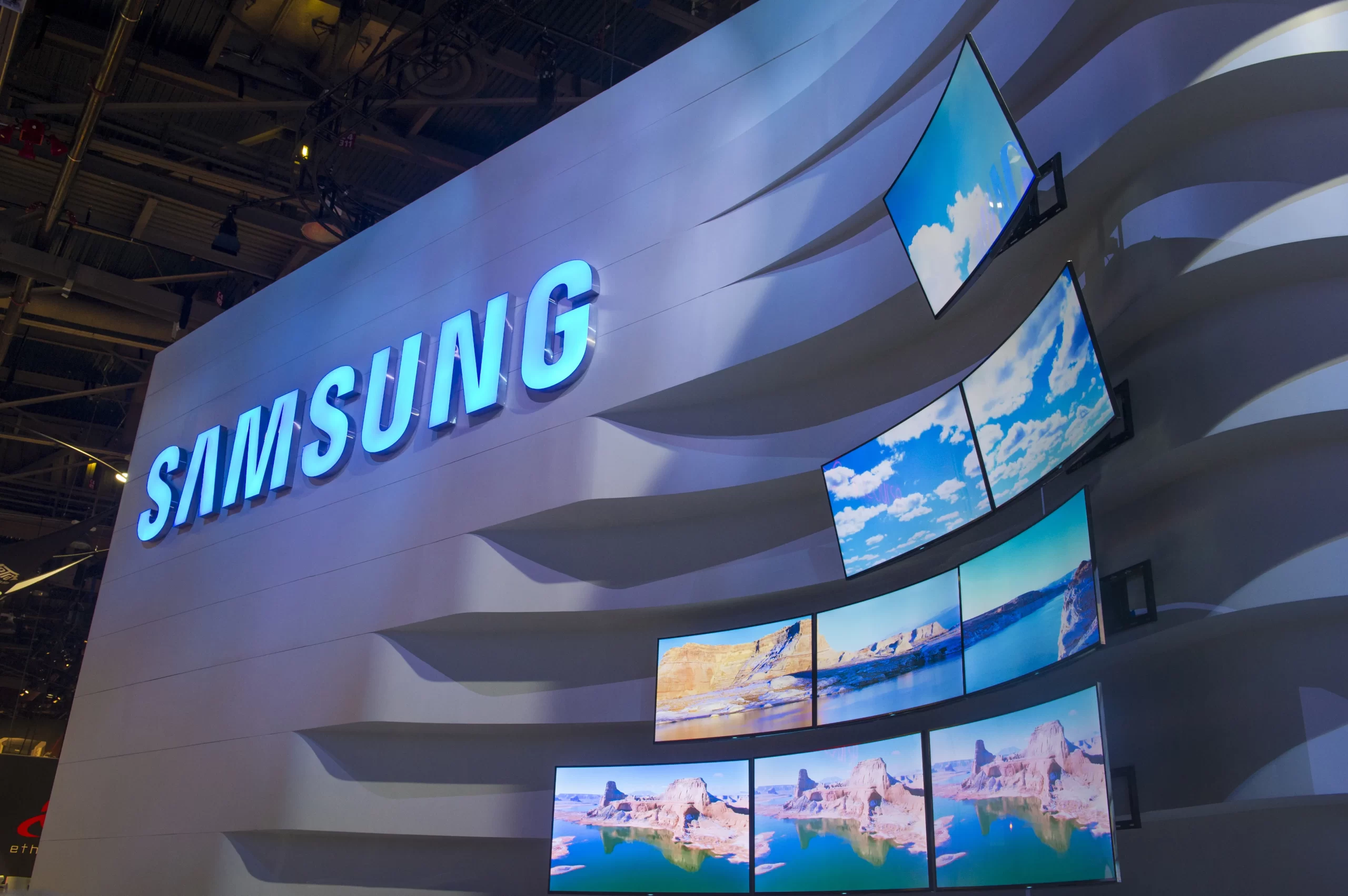
Samsung OZ At A Crossroads Where Do They Go Next As Chairman Claims They Have “Lost Their Unique Strength”.
- 23.03.2025 22:33
- channelnews.com.au
- Keywords: Market Share Loss, Revenue Drop
Samsung is struggling globally, with domestic markets losing ground to Chinese competitors and internal restructuring underway. The chairman admits Samsung has "lost its unique strength," urging a "do-or-die" approach to tackle challenges like U.S. tariffs and AI processor competition, while focusing on innovation and B2B solutions to regain market dominance.